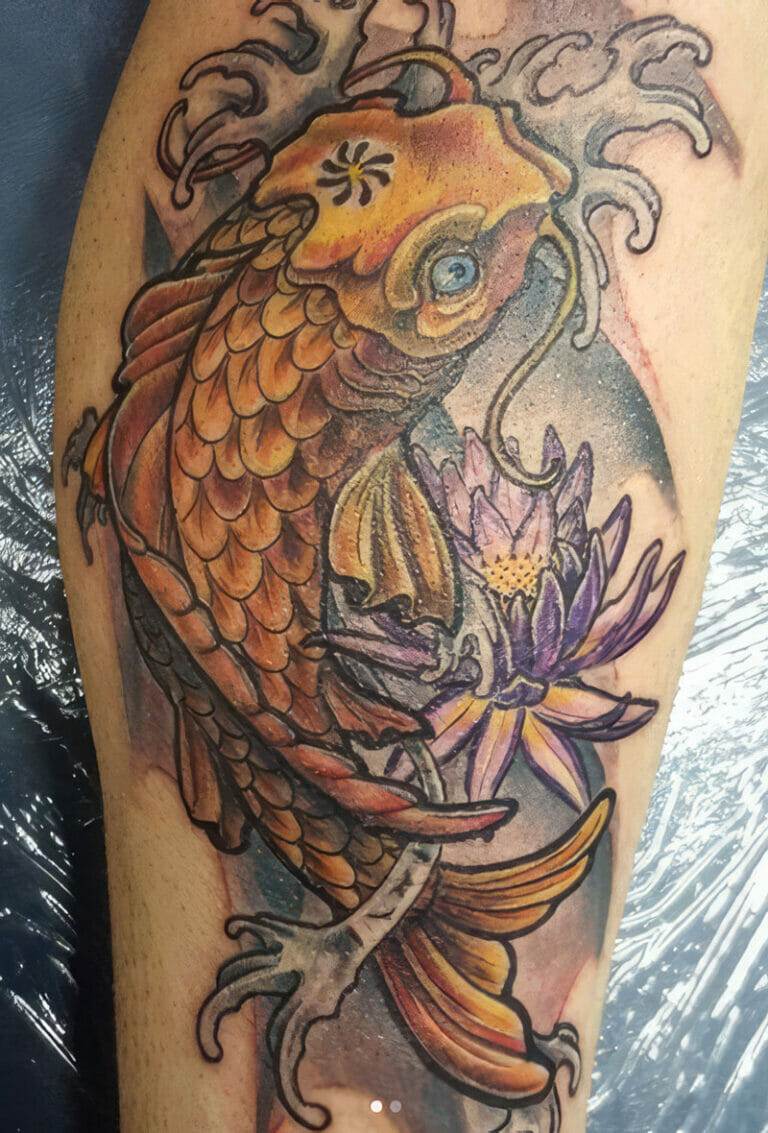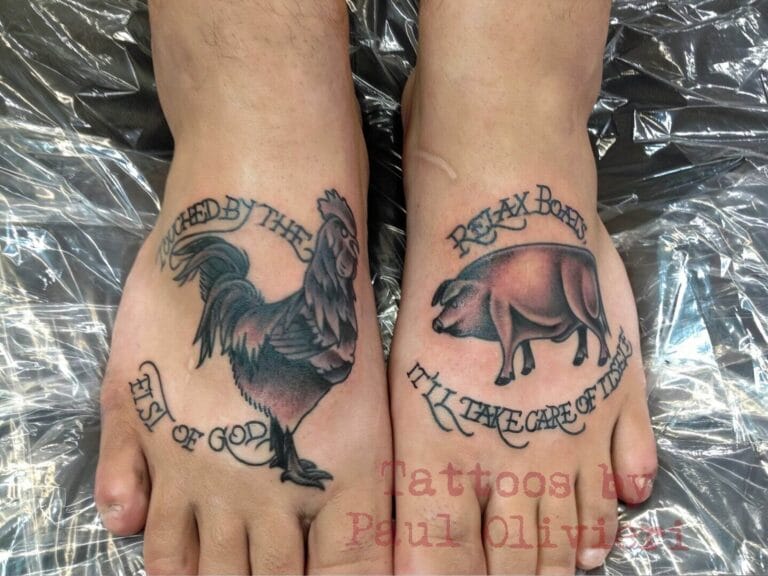
Memorial tattoos serve as a poignant tribute to loved ones who have passed away, encapsulating the essence of their memory in a permanent form of art. These tattoos often symbolize love, loss, and remembrance, allowing individuals to carry a piece of their loved one with them wherever they go. The significance of a memorial tattoo can vary greatly from person to person; for some, it may represent a deep emotional connection, while for others, it may serve as a reminder of the lessons learned from the deceased.
Regardless of the specific meaning, these tattoos often embody a sense of continuity, bridging the gap between life and death. The choice of imagery and text in memorial tattoos is deeply personal and can reflect the unique relationship shared with the departed. Common motifs include names, dates, symbols, and images that hold special significance.
For instance, a butterfly might symbolize transformation and freedom, while a heart could represent everlasting love. The act of getting a memorial tattoo can be a powerful way to honor the legacy of a loved one, ensuring that their memory remains alive in the hearts and minds of those left behind. This form of expression not only serves as a tribute but also as a conversation starter, allowing individuals to share stories and memories associated with their loved ones.
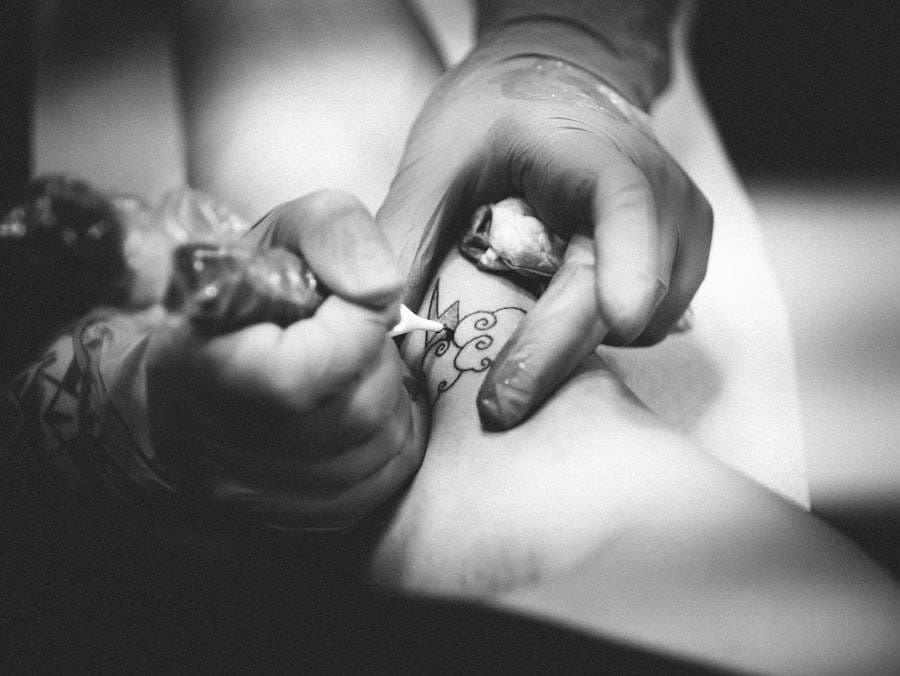
Key Takeaways
- Memorial tattoos are a way to honor and remember a loved one who has passed away.
- When choosing a design for a memorial tattoo, consider symbols or images that hold personal significance to the individual being remembered.
- Getting a memorial tattoo can be an emotional process, providing a sense of closure and healing for some individuals.
- It is important to honor the memory of a loved one through a memorial tattoo with respect and sensitivity.
- Memorial tattoos can serve as a form of healing and closure for individuals who are grieving the loss of a loved one.
Choosing the Right Design for Your Memorial Tattoo
Selecting the right design for a memorial tattoo is an essential step in the process, as it should resonate with the individual’s feelings and memories. The design can range from simple text to intricate illustrations, depending on personal preference and the depth of emotion one wishes to convey. It is crucial to take time to reflect on what elements best represent the relationship shared with the deceased.
This could involve brainstorming symbols that hold significance or considering quotes that encapsulate their spirit. The design should evoke positive memories and feelings, serving as a source of comfort and strength. In addition to personal symbolism, it is also important to consider the placement of the tattoo on the body.
Some may choose to have it in a visible area, such as the forearm or wrist, allowing them to share their tribute openly. Others may prefer a more discreet location, such as the back or chest, where it can be kept private. The choice of placement can influence how one interacts with the tattoo daily and how it serves as a reminder of their loved one.
Ultimately, the design and placement should reflect an individual’s unique journey through grief and remembrance.
The Emotional Process of Getting a Memorial Tattoo
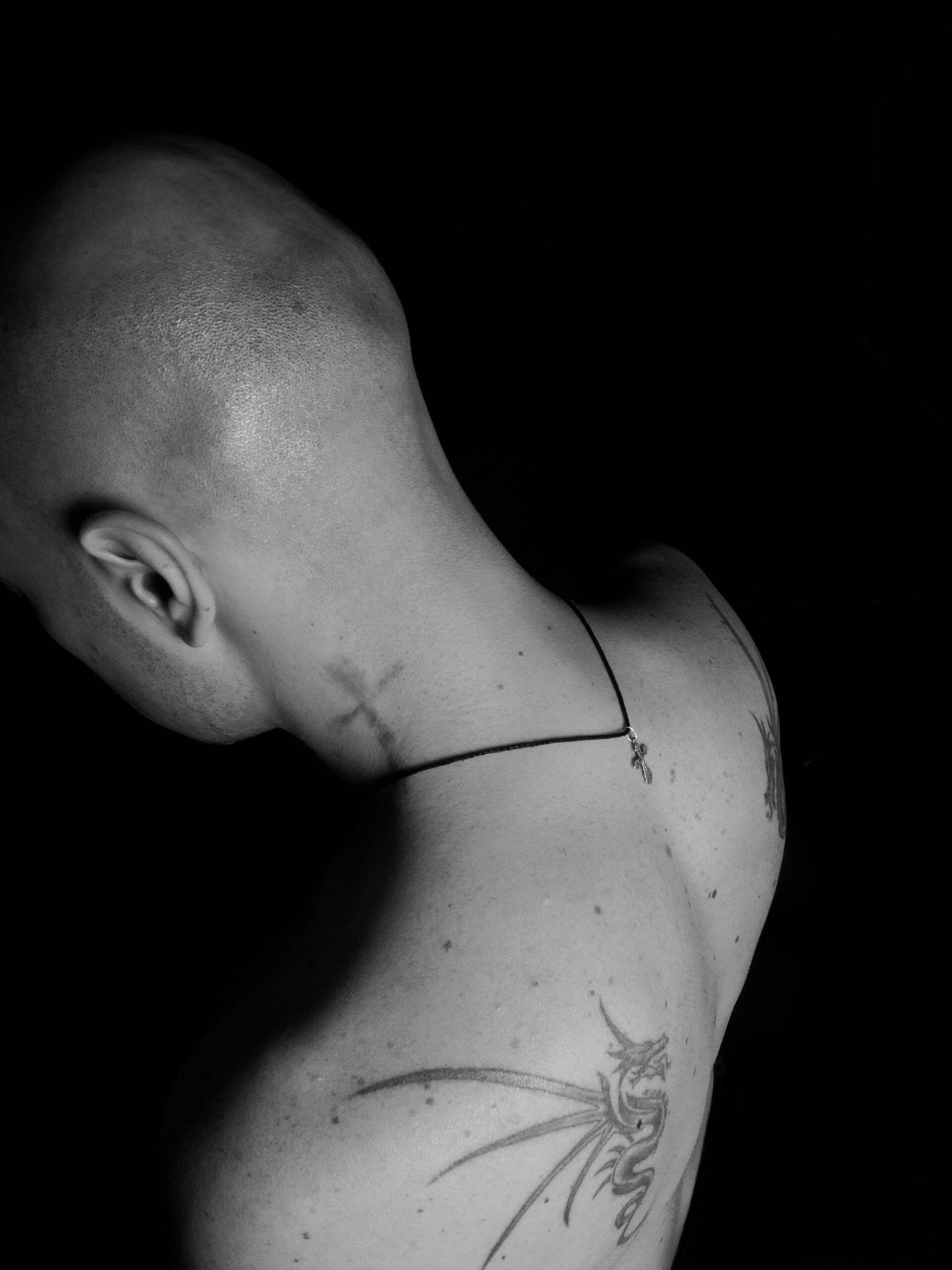
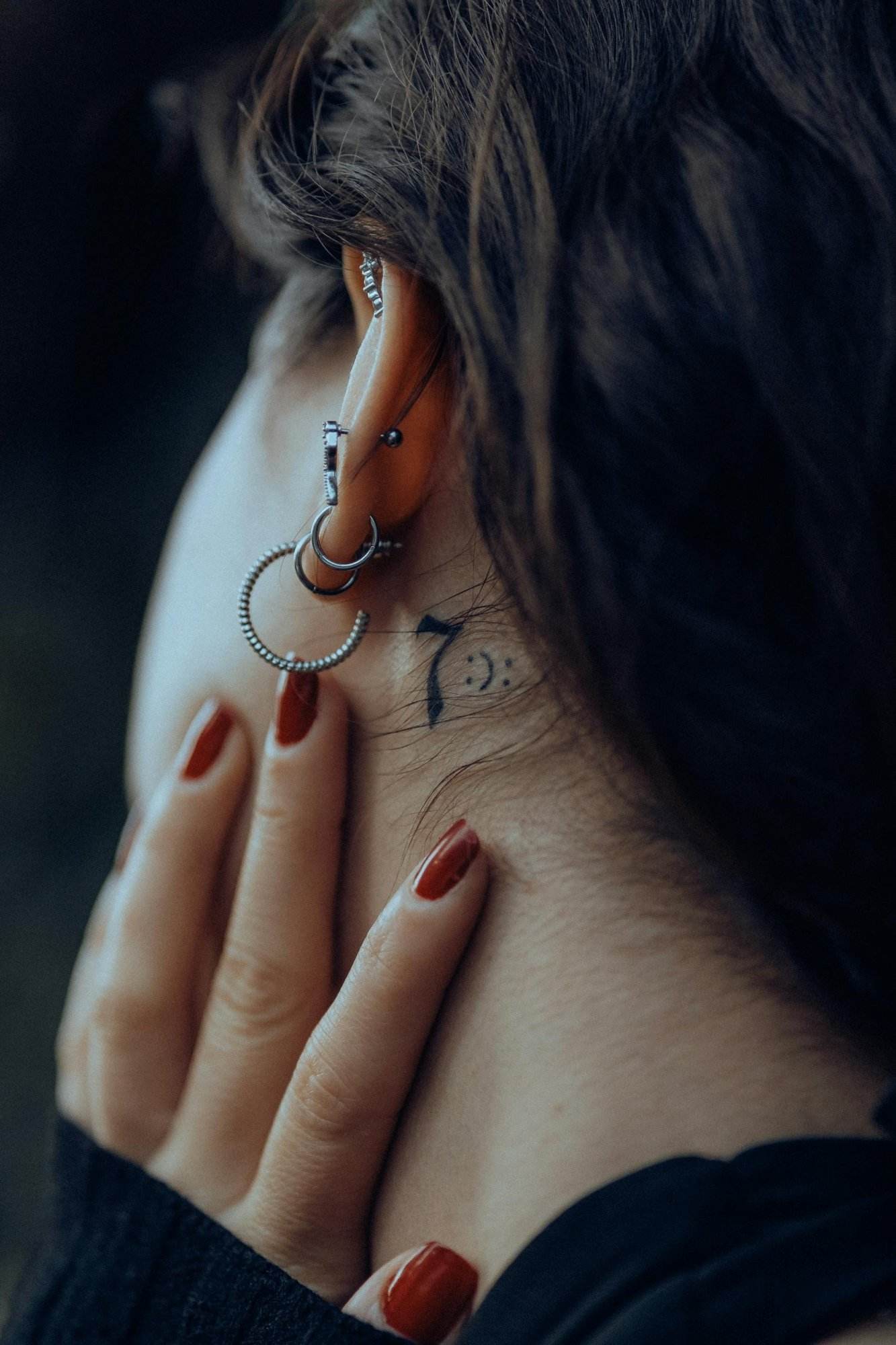
The emotional journey of getting a memorial tattoo can be both cathartic and challenging. For many, the decision to get inked in memory of a loved one is born out of a desire to find closure or to commemorate a significant loss. As individuals prepare for this experience, they may encounter a whirlwind of emotions ranging from sadness to hope.
The act of sitting in the tattoo chair can evoke memories and feelings associated with the deceased, making it an intimate experience that requires mental preparation. During the tattooing process itself, individuals may find themselves reflecting on their relationship with the departed. This introspection can lead to moments of catharsis, where tears may flow or laughter may erupt as cherished memories resurface.
The physical sensation of getting tattooed can also serve as a grounding experience, helping individuals connect with their emotions in a tangible way. Ultimately, this process can be transformative, allowing individuals to channel their grief into something beautiful and lasting.
Memorial Tattoo Etiquette: Honoring the Memory of a Loved One
When it comes to memorial tattoos, etiquette plays an important role in how these tributes are perceived by others. It is essential to approach discussions about memorial tattoos with sensitivity and respect, especially when sharing stories about the loved one being honored. Not everyone may understand or appreciate the significance behind such tattoos, so it is crucial to gauge the comfort level of those around you before delving into personal narratives.
Sharing your tattoo’s meaning can foster connection and understanding but should be done thoughtfully. Additionally, when discussing memorial tattoos in social settings or online platforms, it is important to be mindful of others’ experiences with grief and loss. Some individuals may find discussions about death and remembrance triggering or uncomfortable.
Therefore, creating an environment where people feel safe to share their own stories or ask questions is vital. By practicing empathy and understanding, individuals can honor not only their loved ones but also those who are navigating similar journeys of remembrance.
Memorial Tattoos as a Form of Healing and Closure
Memorial tattoos can serve as powerful tools for healing and closure after experiencing loss. For many individuals, the act of getting inked becomes a ritualistic process that allows them to confront their grief head-on. This physical manifestation of remembrance can provide comfort during difficult times, acting as a constant reminder that their loved one will always be a part of their life story.
The permanence of a tattoo can symbolize acceptance and resilience, helping individuals move forward while still cherishing their memories. Moreover, memorial tattoos can foster a sense of community among those who have experienced similar losses. Sharing stories about these tattoos can create bonds between individuals who understand the complexities of grief.
This shared experience can lead to support networks where people feel validated in their emotions and find solace in knowing they are not alone in their journey. Ultimately, memorial tattoos can play an integral role in transforming pain into something beautiful and meaningful.
The Role of Memorial Tattoos in Different Cultures and Traditions

Memorial tattoos have been embraced by various cultures throughout history as a means of honoring deceased loved ones. In some cultures, tattoos are seen as sacred expressions that connect the living with the spiritual realm. For instance, certain Indigenous tribes incorporate tattoos into their mourning rituals as a way to commemorate ancestors and preserve their legacies.
These tattoos often feature symbols that hold cultural significance, reinforcing the bond between generations. In contrast, contemporary Western society has popularized memorial tattoos as personal expressions of grief and remembrance. While these tattoos may not always carry traditional meanings, they serve as powerful symbols of love and loss in modern contexts.
As societal attitudes toward tattoos continue to evolve, more people are embracing this form of expression as a legitimate way to honor those who have passed away. This cross-cultural appreciation highlights the universal nature of grief and the diverse ways individuals choose to commemorate their loved ones.
Tips for Caring for and Maintaining a Memorial Tattoo
Caring for a memorial tattoo is essential to ensure its longevity and vibrancy over time. After getting inked, following proper aftercare instructions is crucial for preventing infection and promoting healing. This typically includes keeping the tattoo clean and moisturized while avoiding direct sunlight during the initial healing phase.
Using fragrance-free lotions or specialized tattoo aftercare products can help maintain skin health without causing irritation. Once healed, ongoing maintenance is key to preserving the tattoo’s appearance. Regularly moisturizing the skin can prevent dryness and fading while protecting against environmental factors such as sun exposure.
Applying sunscreen over the tattoo when spending time outdoors will help maintain its vibrancy for years to come. Additionally, staying hydrated and maintaining overall skin health will contribute to keeping the memorial tattoo looking its best.
Honoring the Memory of a Loved One Through Permanent Art: The Power of Memorial Tattoos
Memorial tattoos hold profound significance for those who choose to honor their loved ones through this form of permanent art. They serve not only as visual representations of love but also as powerful reminders of shared experiences and cherished memories. The act of getting inked becomes an intimate ritual that allows individuals to confront their grief while celebrating the lives of those they have lost.
Ultimately, memorial tattoos transcend mere aesthetics; they embody stories, emotions, and connections that endure beyond death. By choosing to wear these tributes on their skin, individuals create lasting legacies that keep their loved ones alive in spirit. In this way, memorial tattoos become more than just ink; they transform into powerful symbols of resilience, love, and remembrance that resonate deeply within the human experience.
FAQs
What are memorial tattoos?
Memorial tattoos are tattoos that are designed to honor and remember a loved one who has passed away. These tattoos often feature symbols, images, or text that hold personal significance to the individual getting the tattoo.
What are some common symbols used in memorial tattoos?
Common symbols used in memorial tattoos include angel wings, doves, hearts, roses, dates of birth and death, and quotes or phrases that hold special meaning to the individual and their loved one.
Are there specific cultural or religious traditions associated with memorial tattoos?
Memorial tattoos can be found in many different cultures and may hold specific cultural or religious significance. For example, in some cultures, specific symbols or imagery may be used to honor the deceased, while in others, there may be religious or spiritual beliefs associated with getting a memorial tattoo.
Is there a specific placement on the body where memorial tattoos are typically placed?
Memorial tattoos can be placed anywhere on the body, and the location is often chosen based on personal preference. Some individuals may choose to place the tattoo in a visible location as a constant reminder of their loved one, while others may opt for a more discreet placement.
What should I consider before getting a memorial tattoo?
Before getting a memorial tattoo, it’s important to carefully consider the design, placement, and significance of the tattoo. It’s also important to take the time to grieve and process the loss of a loved one before making a permanent decision like getting a tattoo. Additionally, it’s recommended to choose a reputable and skilled tattoo artist who can create a meaningful and well-executed memorial tattoo.

